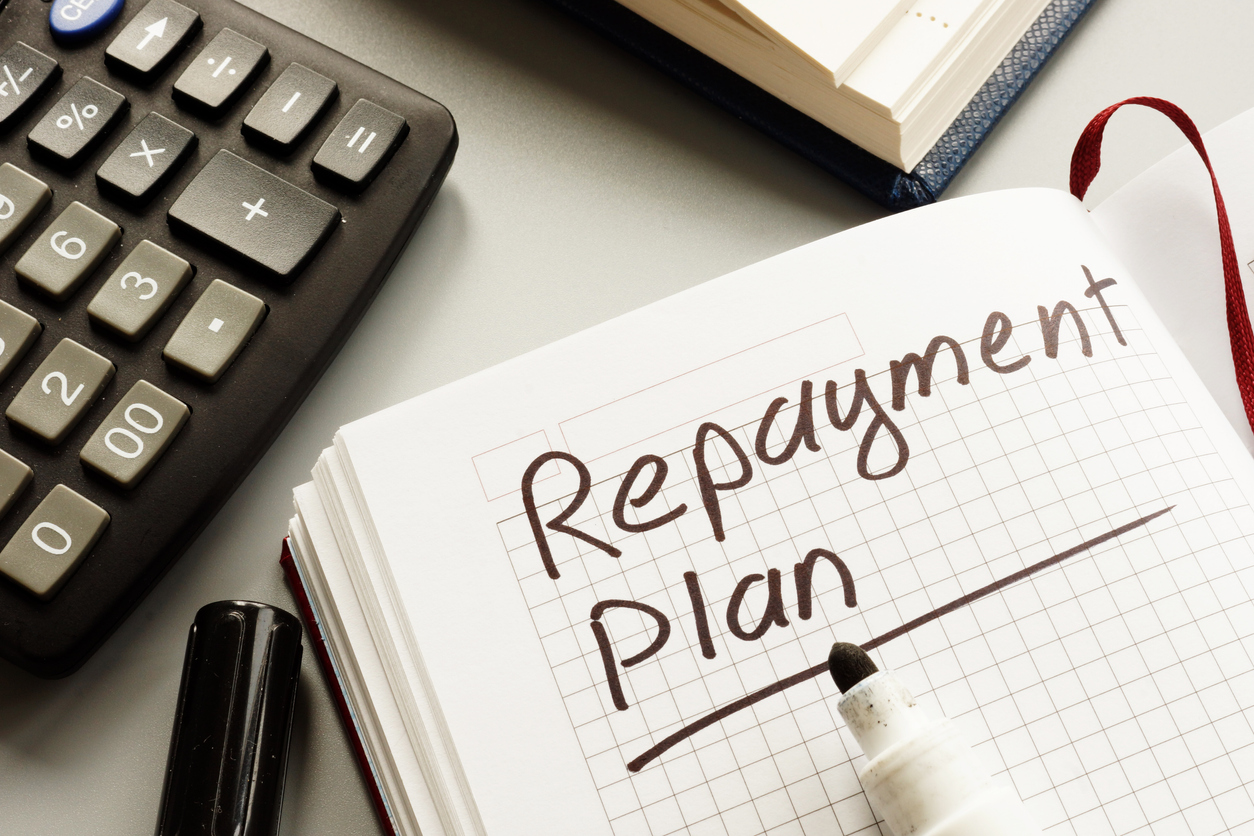In the complex world of financial management, debt often emerges as a formidable adversary.
Whether it's accumulated through student loans, credit cards, or unforeseen emergencies, debt can feel like a mountain that's impossible to climb. However, with the right strategies in place, not only can one conquer this mountain, but also repair credit and pave the way for a stable financial future. Two of the most popular strategies that financial experts often recommend are the Snowball and Avalanche methods. But what are these methods, and how do they differ? Let's decode these debt strategies and understand their merits.
Understanding the Snowball Method
The Snowball method, popularized by financial guru Dave Ramsey, is as straightforward as it sounds. Start small, and gradually build momentum. Here's how it works:
- List Your Debts: Begin by listing all your debts, starting from the smallest amount owed to the largest, regardless of interest rates.
- Pay the Minimum: Make the minimum payments on all your debts.
- Focus on the Smallest: Allocate any extra funds to the smallest debt. Once that's paid off, move to the next smallest, and so on.
The idea behind the Snowball method is psychological. By paying off the smallest debts first, you achieve quick wins, which can be incredibly motivating. These small victories create a sense of achievement and encourage you to stay on track.
Deciphering the Avalanche Method
The Avalanche method, on the other hand, takes a more mathematical approach to debt repayment.
- List Your Debts: This time, list your debts starting from the highest interest rate to the lowest.
- Pay the Minimum: As with the Snowball method, continue making the minimum payments on all your debts.
- Target the Highest Interest: Allocate any extra funds to the debt with the highest interest rate. Once that's cleared, move to the next highest interest rate, and so on.
The Avalanche method might not offer the quick psychological wins of the Snowball approach, but it's more cost-effective in the long run. By targeting high-interest debts first, you reduce the total interest you'll pay over time.
Snowball vs. Avalanche: Which is Right for You?
Choosing between the Snowball and Avalanche methods depends on your financial situation and mindset.
- If motivation is what you seek: The Snowball method might be more suitable. The satisfaction of quickly clearing debts can be a significant morale booster, helping you stay committed to your debt repayment journey.
- If you're looking to save on interest: The Avalanche method is the way to go. It's a more logical approach that targets the financial aspect of debt, ensuring you pay less over time.
How These Methods Help Repair Credit
One of the most significant advantages of consistently following either the Snowball or Avalanche method is the potential to repair credit. Timely debt repayment positively impacts your credit history, which constitutes a significant portion of your credit score. As you clear your debts, your credit utilization ratio (the amount of credit you're using compared to your credit limit) improves, further boosting your credit score.
Moreover, as you repair credit, you'll find it easier to qualify for loans with better interest rates in the future. This can be particularly beneficial for significant financial decisions, such as buying a house or car.
What Strategy Will You Choose?
Debt, while daunting, is not insurmountable. With the right strategies in place, you can not only clear your debts but also repair your credit, setting yourself up for a brighter financial future. Whether you choose the Snowball method for its psychological wins or the Avalanche approach for its cost-effectiveness, the key is consistency. Stay committed, make informed choices, and watch the mountain of debt transform into a molehill. Remember, the journey to financial freedom is not a sprint but a marathon. Equip yourself with the right strategies, and you'll undoubtedly cross the finish line.













